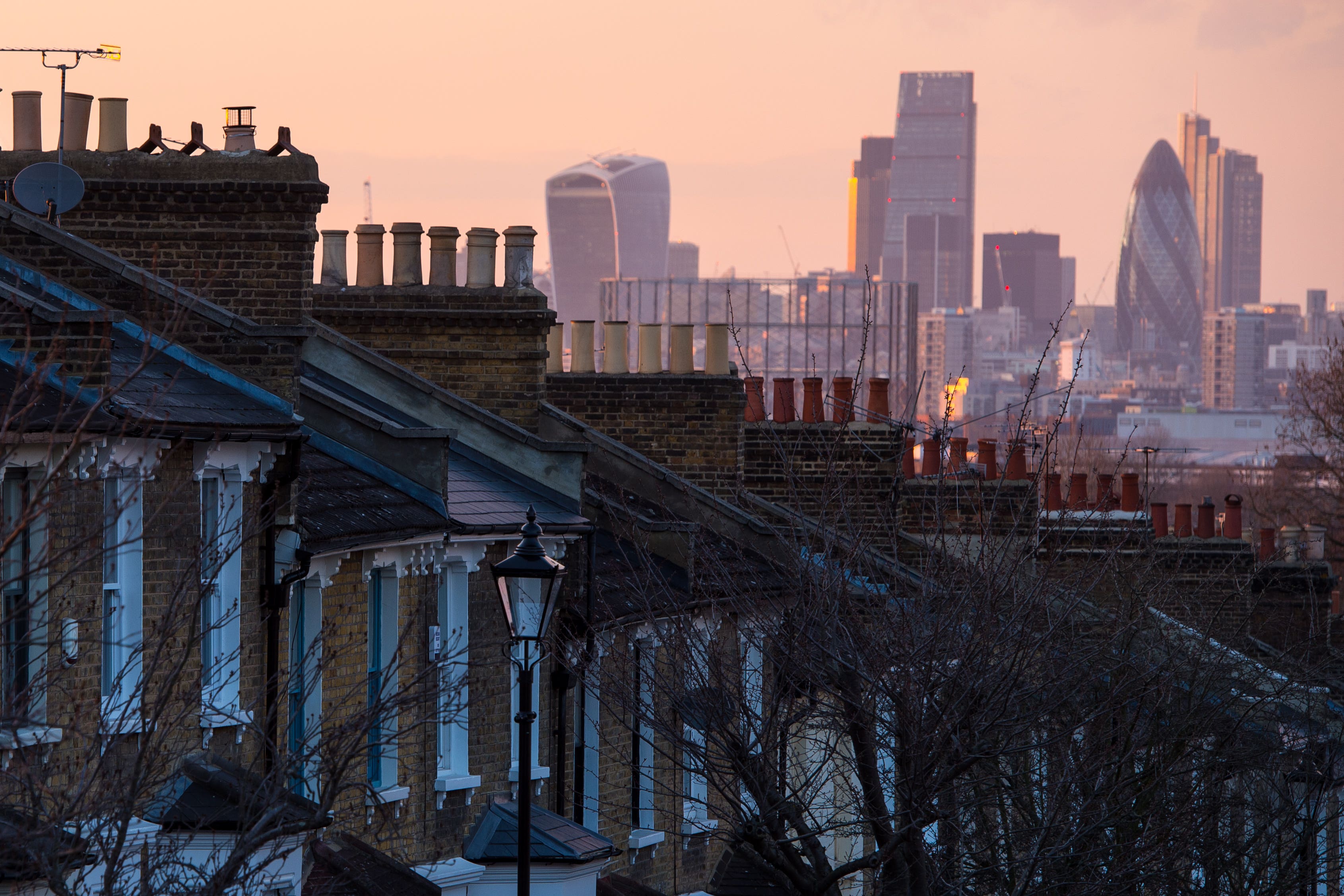London house prices fall, with rest of UK ‘doomed to follow’ as inflation cools
UK house price inflation slowed to 1.7% in June, according to official data.

Your support helps us to tell the story
From reproductive rights to climate change to Big Tech, The Independent is on the ground when the story is developing. Whether it's investigating the financials of Elon Musk's pro-Trump PAC or producing our latest documentary, 'The A Word', which shines a light on the American women fighting for reproductive rights, we know how important it is to parse out the facts from the messaging.
At such a critical moment in US history, we need reporters on the ground. Your donation allows us to keep sending journalists to speak to both sides of the story.
The Independent is trusted by Americans across the entire political spectrum. And unlike many other quality news outlets, we choose not to lock Americans out of our reporting and analysis with paywalls. We believe quality journalism should be available to everyone, paid for by those who can afford it.
Your support makes all the difference.UK house price inflation slowed in June amid signs that the property market is continuing to cool as mortgage rates stay elevated, according to official figures.
London was the only region where property prices fell in the 12 months to June.
Average house prices increased by 1.7% annually, down from a revised 1.8% rise in May, the Office for National Statistics (ONS) said.
It marks a sharp fall from the recent peak in annual inflation of 14% in July last year.
The average UK house price was £288,000 in June, £5,000 higher than 12 months ago but £5,000 below the recent peak in November last year.
The North East of England saw the highest jump in average house prices – 4.7% – while London saw a 0.6% fall.
It is the first time prices in the capital have fallen since before the pandemic, in November 2019, the ONS said.
Aimee North, head of housing market indices at the ONS, said: “Annual house price inflation, measured using final transaction prices, slowed again in June, but the fall was gentler than we have seen in previous months.”
The country as a whole clung on to positive growth of less than 2% over the past 12 months, and the outlook for the coming months looks fairly grim
Sarah Coles, head of personal finance at Hargreaves Lansdown, said: “London is setting a fashionable trend that the rest of the UK may be doomed to follow.
“House prices in the capital have fallen in the year to June – for the first time since the market was effectively closed at the start of the pandemic.
“The country as a whole clung on to positive growth of less than 2% over the past 12 months, and the outlook for the coming months looks fairly grim.”
Ms Coles pointed out that the data reflects house sales agreed as far back as March, when mortgage rates had come down from the peaks seen after September’s mini-budget and “the market looked more attractive”.
She added: “Since March, we know life has got tougher for buyers.”
The average two-year fixed residential mortgage rate stood at 6.77% on Wednesday.
Gabriella Dickens, senior UK economist at Pantheon Macroeconomics, agreed that June’s house price uplift is “not a convincing sign that the market has shrugged off the recent renewed rise in mortgage rates”, because it is based on mortgage offers earlier in the year.
She added: “A typical two-buyer household looking to purchase an average home still will see around 28% of their real income go towards mortgage repayments – much higher than the 20% in the 2010s.
“And, while the drop in energy bills and strong wage growth should free up some cash to put towards housing costs, caution among households remains high and expectations that house prices will fall further are entrenched.”
Meanwhile, private rental prices paid by UK tenants rose by 5.3% in the 12 months to July, up from 5.2% in June.
The ONS’s Ms North said: “There was another record annual increase for UK rents in the latest month.
“London rental prices rose steeply to their highest annual rate since records began in 2006. The lowest annual inflation was in the North East.”
Nathan Emerson, chief executive of Propertymark, said: “There is a huge disparity in the number of properties available to rent compared to the continuously growing number of renters looking for a home, ultimately continuing to put pressure on rent prices.”
The estimates are provisional and subject to revision, the ONS stressed.